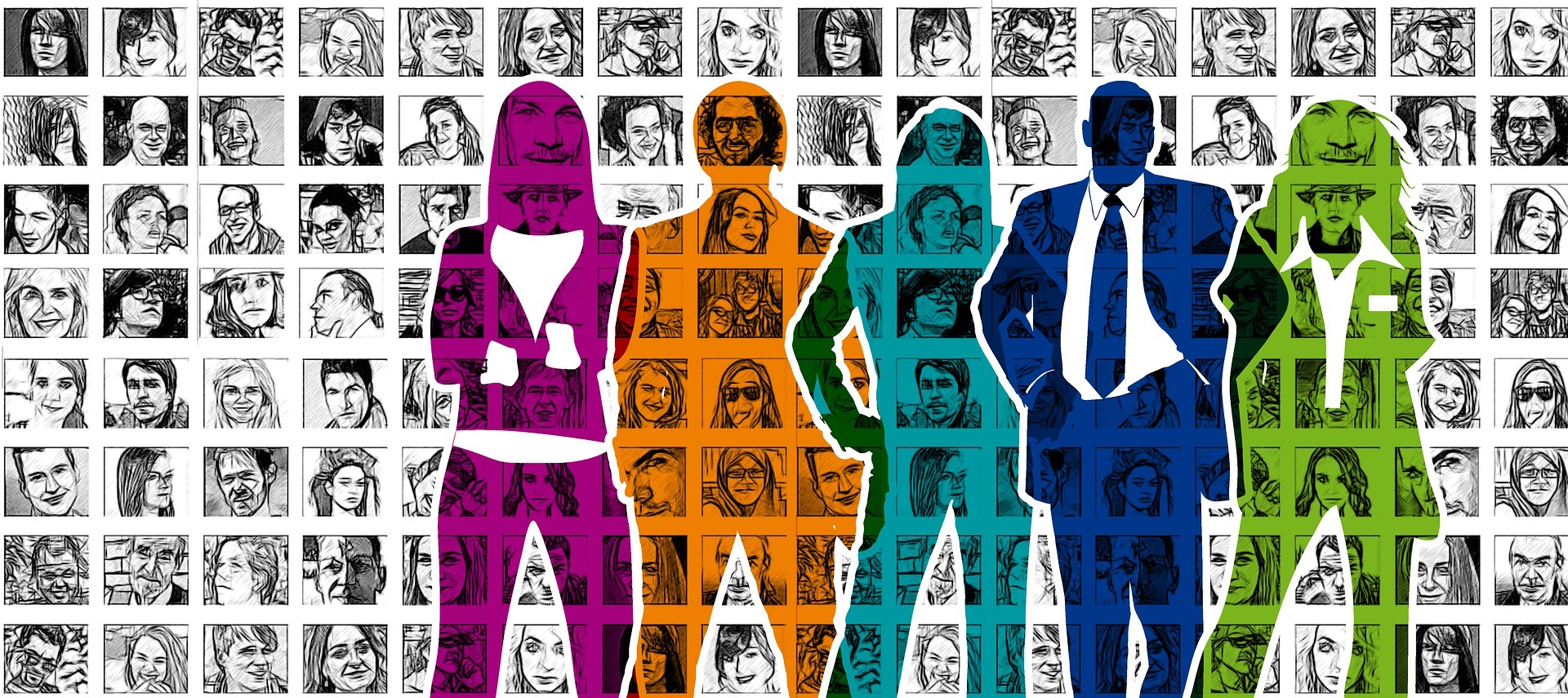
28 Apr Unemployment Worldwide
It’s important to know what’s happening worldwide and which dynamics our globe is facing in order to make decisions with awareness and think strategically to make an impact. For this reason, we have gathered some information about unemployment trends.
Did you know all the following?
Women and young people will continue struggling
“Women and young people will particularly continue struggling, with women’s global labor force participation rate standing at 47.4% versus 72.3% for men: this means that for every inactive male worker, there are two inactive female workers. Young people between 15 and 24 too are at a disadvantage in finding and maintaining quality jobs: their unemployment rate is three times that of adults. Overall, global unemployment is projected to reach 208 million people in 2023, with an unemployment rate of 5.8%.”. Quotation from the report World Employment and Social Outlook: Trends 2023. You can read more in this article from the Global Finance.
EU and EA employment rate
In the image below you can visualize EU and EA employment rate from 2008 until now:
Good News
We also receive some good news:
“The OECD unemployment rate remained at 4.9% in January 2023, the seventh consecutive month at this record low since the start of the series in 2001. The unemployment rate was stable in 12 of 38 OECD countries, but close to its record low in only 7 countries, including Canada, France, Germany, and the United States The number of unemployed persons declined to 33.2 million, remaining close to the record low reached in July 2022.”. To read and download the full release please click here. You will find many interested data like the following graphs which show the difference by sex:

As we can read in all these news, we are still fighting against unemployment and, mostly, against inclusion. Also, we are still not doing enough to guarantee our future since the unemployment rate for youth still worries a lot.
Solutions & Case Studies
If you are unemployed, you may find some suggestions and tips in this article of the Institute of Entrepreneurship Development which gathers some creative solutions for everyone. Being proactive certainly helps.
How can business make a difference to the employment and skills crisis? In this article the World Economic Forum in 2015 shared a collection of almost 80 case studies. To sum up, three were the areas that had been highlighted in the study:
- Collaborate with education and training providers to help people develop the skills they really need in the world of work, and promote lifelong learning
- Foster entrepreneurship by supporting start-ups and smaller enterprises
- Connect talent to markets by closing the gap between jobseekers and employers
The case studies also pointed to eight factors that can make programmes and practices most effective:
- Build multi-sector partnerships
- Develop win-win approaches
- Understand the talent value chain
- Be relevant to the context
- Commit leadership to the cause
- Design for the future
- Leverage ICT
- Test first, scale second
To read the full report, please download it here. The reflection is, have we done everything we could in these areas? Where do we still have to work to tackle unemployment?
What can you as a Leader, what can you as an organization so in order to improve such worldwide situation? We don’t have to wait for other to act but each us can make the difference. Can you rethink your recruitment strategy in this perspective?
Gaia Urati

